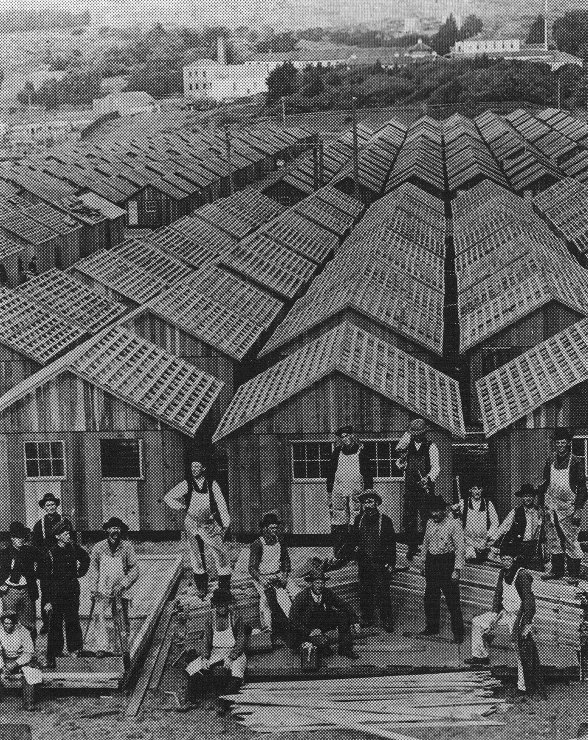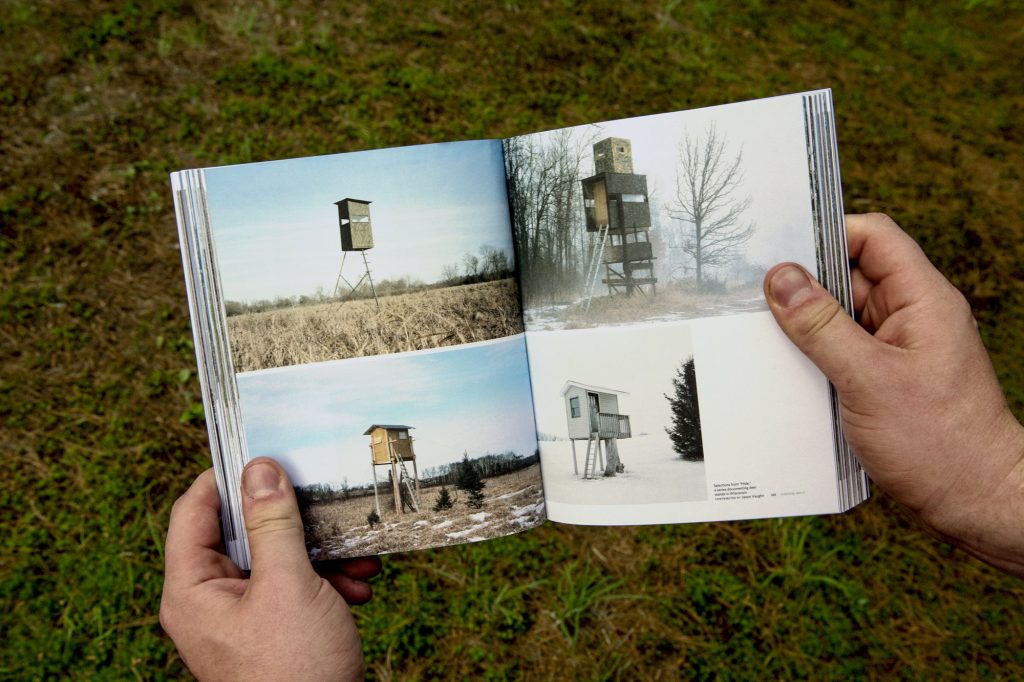Cures for Cabin Fever

Cabins were used as emergency shelters after the 1906 earthquake in San Francisco. Image from the National Park Service.
Currently on display at the Vancouver Art Gallery, Cabin Fever is a thought-provoking retrospective that explores the North American cabin in both architectural and cultural typology. Though basic in form, the cabin is full of contradictions: it equally embodies both North American settlement and the retreat from itself. Early cabins were built as simple shelters and made westward expansion possible in otherwise inhospitable climates. Cabins allowed people to exist with nature, but this stemmed more from necessity above all else. Cabins were also used as emergency dwellings and provided fast solutions during disasters such as the San Francisco earthquake of 1906.
Henry David Thoreau’s seminal philosophy on cabin life nourished romantic sentiments that have yet to dissipate. After WWII, middle class North Americans were able to afford second homes which brought Thoreau’s tranquil promise of cabin life front and center. These modern, airy designs acted as spaces to retreat from urban pressures and enjoy the peace and quiet of Mother Nature. Adversely, 1960’s and 70’s counterculture movements adopted cabin-esque design and built geodesic dome communes across American land.

Pages from Cabin Porn
A third wave, which the exhibit titles ‘Porn’ in nod to the notable blog-turned-book Cabin Porn, embodies the transition from production to consumption. North America’s psychosomatic cabin fever has allowed for capitalist cures that span from political and capitalist remedies. William Henry Harrison’s 1840 presidential campaign used log cabin imagery to emphasize the need to return to nostalgic ways. 20th century products like Log Cabin Syrup and Lincoln Logs have engrained the humble cabin identity into our childhood and have housed the emotional escapism that our current social context so deeply desires. The cabin is more than an architectural typology, but in fact a way of life.
“The cabin became integrated into North American visual culture first through printed material and objects, later entering mass media. Part of a rugged aesthetic that has reached its apex with companies like Pendleton, Roots, and Hershel Supply who reference the cabin in their marketing to sell not only wares, but a lifestyle.” (Excerpt from the Cabin Fever exhibition)
Cabin Fever is on display at the Vancouver Art Gallery through September 30.
Lead image by Vivion Mike, from Pixnio







